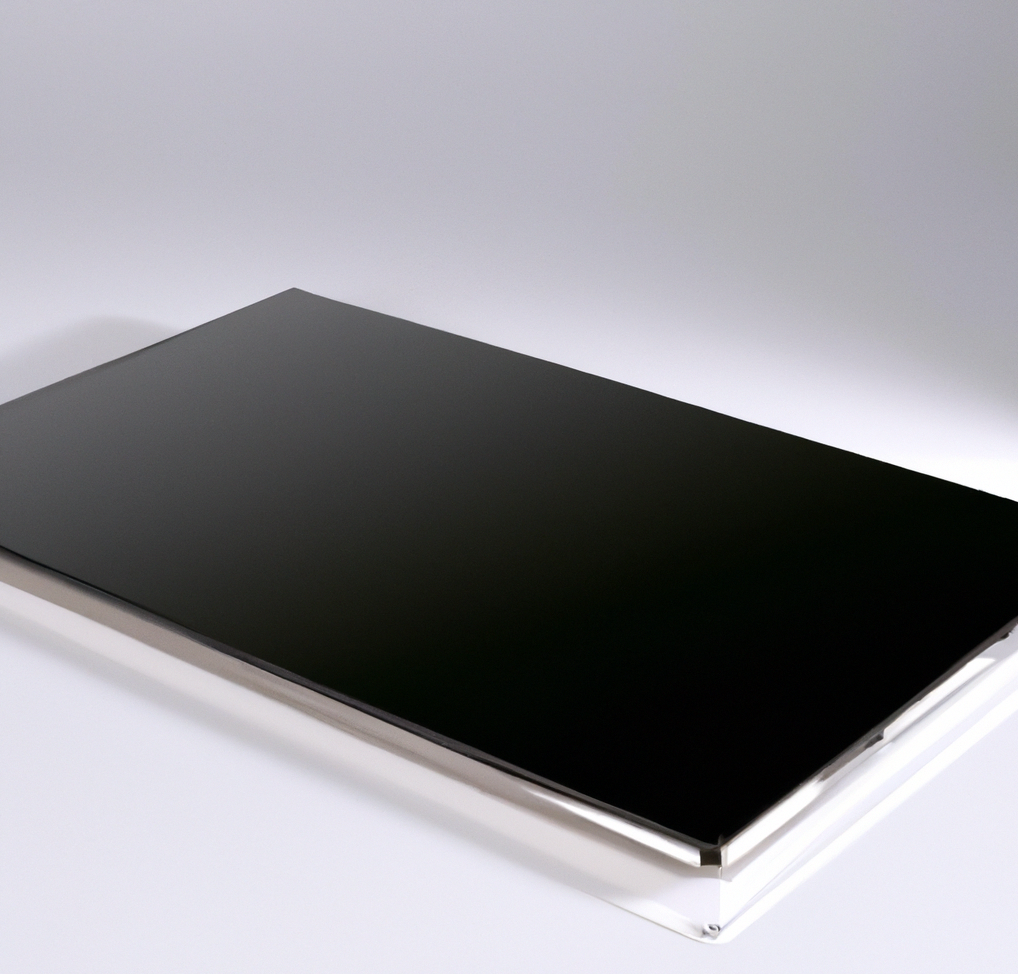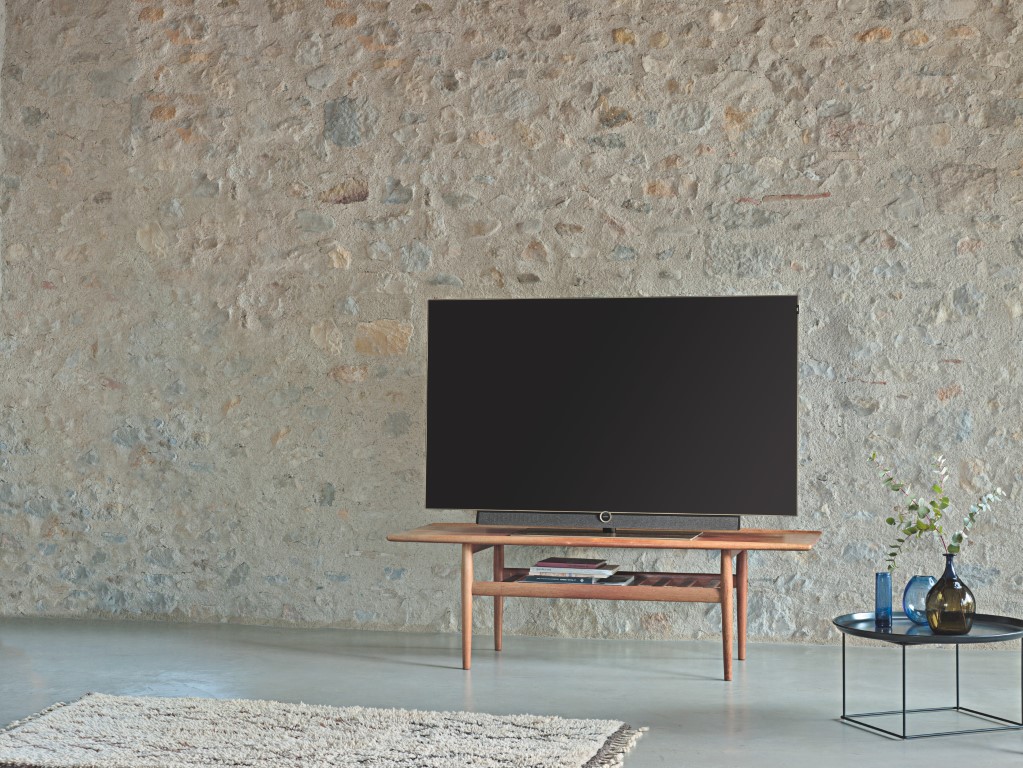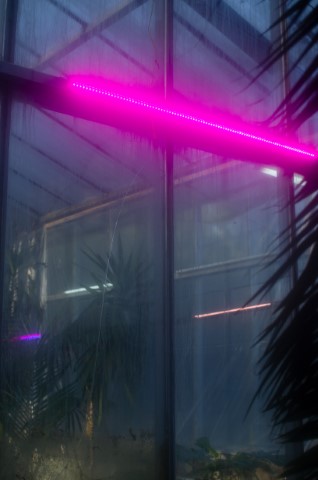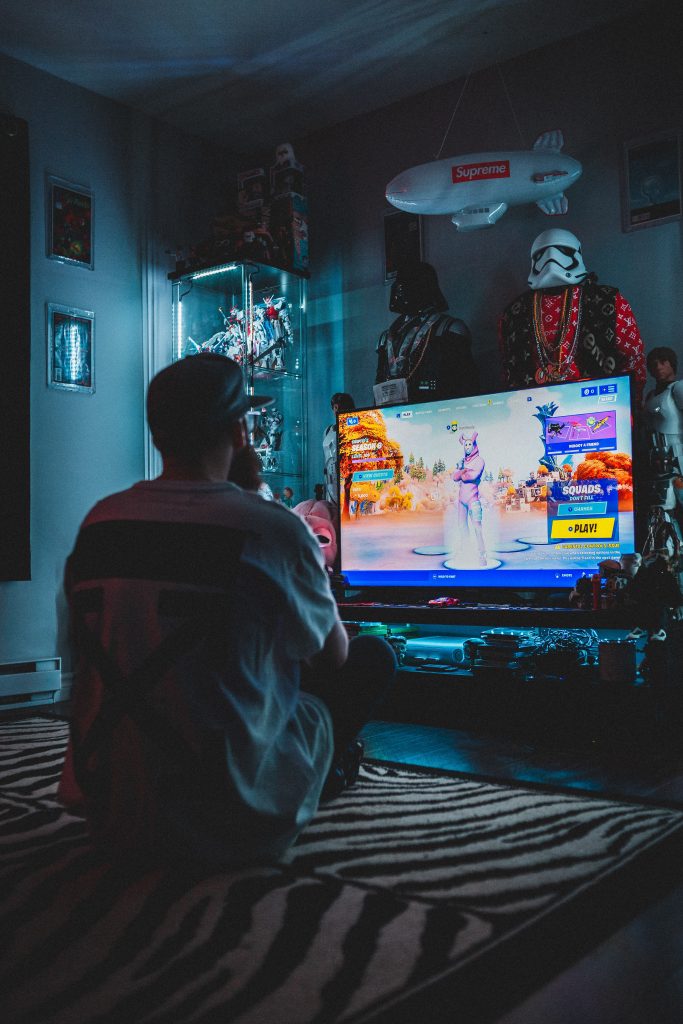Are OLED TVs susceptible to image retention and burn-in?
OLED TVs have been around for a while now, and there have been concerns about their susceptibility to image retention and burn-in. However, the latest generation of OLED TVs has addressed these issues, and you no longer need to worry about them.
OLED TVs use a different technology than traditional LCD TVs, which means they are not susceptible to the same problems. LCD TVs use a backlight that illuminates the entire screen, while OLED TVs use individual pixels that emit light. This difference makes OLED TVs much more efficient and thinner than LCD TVs.
Image retention is when an image is “stuck” on the screen for a while after it should have disappeared. This can happen with any display, but it is more likely to occur with LCD displays because of how they work. Keep on reading to learn about OLED tech, the risks of ghost images, and other things you might want to know about before buying a new tv.

What is OLED TV burn-in?
If you’ve been holding off on buying an OLED TV because you’re afraid of screen burn-in, it’s time to stop worrying. Here’s what you need to know about OLED TV burn-in.
An OLED TV is made up of organic light-emitting diodes (OLEDs). These diodes emit their own light and don’t require a backlight like traditional LCD TVs. This means that OLED TVs can produce perfect blacks and incredibly high contrast ratios.
It’s this self-emitting nature of OLEDs that can cause screen burn-in. If a static image is displayed on an OLED TV for too long, that image can become “burned” into the screen. This is because the organic materials in the display degrade over time when exposed to light.
Causes of OLED TV burn-in
OLED TVs are the latest and greatest in television technology. But like all new technology, a few kinks need to be worked out. One of those kinks is an OLED TV burn-in.
Burn-in is when a static image is displayed on a screen for too long and leaves a permanent ghost image on the net. This can happen with any display, but it’s more likely to occur with OLED TVs because of how they work.
OLED TVs use organic compounds that emit light when an electric current is applied to them. These organic compounds can degrade over time, which can lead to burn-in.
There are a few ways to prevent or fix OLED TV burn-in. The best way to prevent it is to avoid displaying static images for long periods.
How To Fix OLED Screen Burn-In?
It’s no secret that OLED screens are susceptible to screen burn-in. But what exactly is screen burn-in? Screen burn-in (also known as ghosting) is when a static image is displayed on an OLED screen for an extended period, causing the pixels to change color permanently. This can be a problem if you watch many movies or play many video games on your OLED TV. But don’t worry. There are ways to fix it.
The thing that is different about OLED screens, though, is that many times you might think it is burnt, but it is called image retention. The good thing is that this will go away in a couple of minutes. So if you are freaking out about a burnt-in image, take a breath, turn the tv off and come back in a couple of minutes.
Is OLED TV burn-in permanent?
An OLED TV is an incredible piece of technology. But like all technology, it has its quirks—one of which is the possibility of screen burn-in.
OLED TVs are made up of organic light-emitting diodes. These diodes emit light and don’t require a backlight as LCD TVs do. This makes for some excellent picture quality, but it also means that the pixels can get “stuck” in one state if they’re left on for too long.
Screen burn-in was a big problem with early OLED TVs, but it’s not as much of an issue now. Manufacturers have gotten better at making OLEDs, and there are now things you can do to prevent screen burn-in or fix it if it does happen. Many TVs have settings that help you avoid a burn-in issue.
However, we are sad to say that if, for some reason, you do burn an image into your screen, there is very little chance that you can quickly fix it yourself at home.
Will HDR kill your OLED TV?
New display technology is on the horizon because some people worry about their OLED TVs’ future. HDR, or high dynamic range, is a new type of video signal promising to improve picture quality by expanding the range of colors and brightness levels displayed.
However, some experts are concerned that HDR could cause permanent damage to OLED screens, known as burn-in. This occurs when a static image is displayed for too long and leaves a permanent shadow on the screen.
Fortunately, there’s no need to worry about HDR damaging your OLED TV. The latest generation of OLED panels are much more resistant to burn-in than older models, and most manufacturers offer warranties that cover any potential damage.
So rest assured, your OLED TV will be just fine when HDR comes along. In fact, it’ll probably look even better than before.
How to prevent OLED TV burn-in
There’s no question that OLED TVs have some impressive performance advantages over their LCD counterparts. But one downside of OLED technology is the possibility of image retention or even permanent “burn-in” of images if you’re not careful.
Fortunately, you can do a few things to prevent image retention and burn-in on your OLED TV. First, avoid leaving static images on the screen for extended periods, and this means no marathon sessions of Netflix binge-watching or all-day gaming sessions.
Second, adjust the brightness and contrast settings on your TV. A lower brightness setting will help reduce image retention, while a higher contrast setting can actually help “mask” any slight image retention.
Finally, give your OLED TV some occasional “rest” by turning it off for at least a couple of hours each day.
Conclusion
OLED TV burn-in: Why you no longer need to worry
For years, OLED TVs have been plagued by the fear of burn-in. But that’s no longer the case thanks to new technology and better manufacturing processes. Here’s everything you need to know about OLED TV burn-in.
The fear of screen burn-in has been pervasive for years when it comes to OLED TVs. But that’s no longer the case thanks to new technology and better manufacturing practices. Here’s everything you need to know about OLED TV burn-in.
The appearance of images left behind is caused by photos being displayed on a screen for long periods. This can in turn leave behind a ghost image or “stuck pixel.” While this was once a major issue with early OLED TVs, it’s no longer something you need to worry about.. With the more recent tech, not only do OLEDs resist screen burning better, but the TVs are getting more thoughtful to the point where they actively avoid the issue that causes the images to get stuck on the screen forever. Here is a video of someone who had to deal with getting one of the first OLED tvs, which were susceptible to burn in issues. Thankfully this is a thing of the past with the advancements in the OLED technology:












